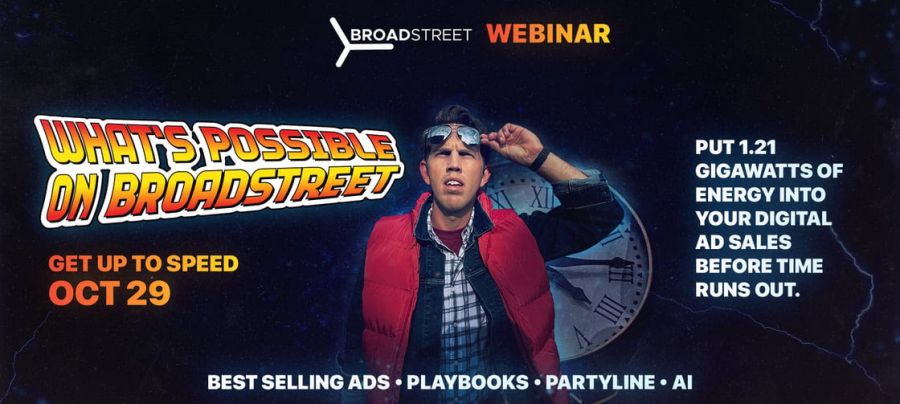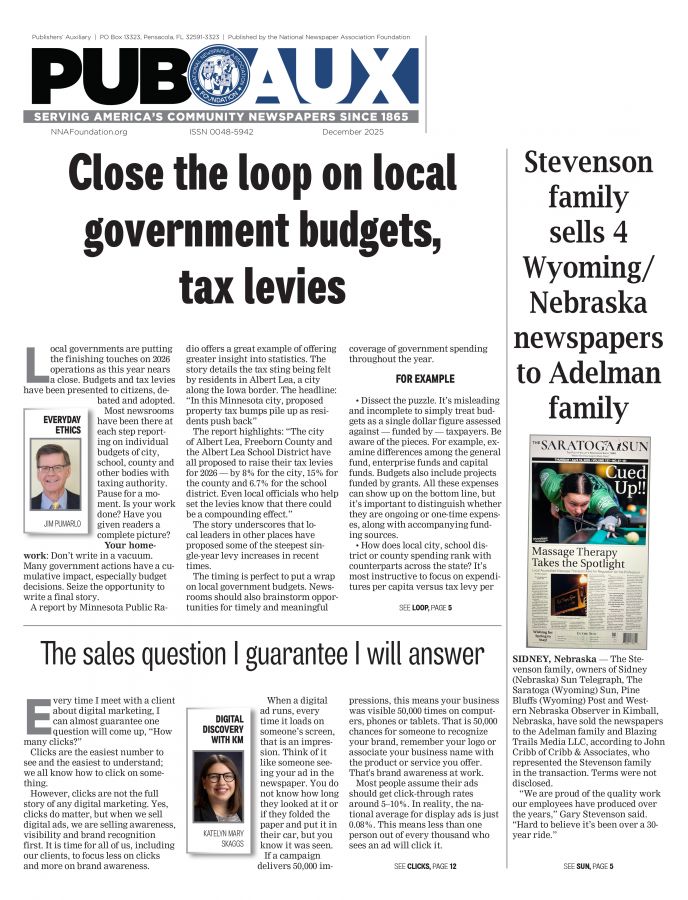Recognize buying signals, verbal and non
John Foust
Nov 1, 2023


Jonathan told me about his friend Dave’s sports car. They rode around in it in high school, and although it was old even then, they loved the car and didn’t let its mechanical eccentricities bother them. Through the years, after they had started families and relocated through their work, they stayed in touch. One evening, Dave called and said he was planning to sell the car and asked if Jonathan was interested.
What a great opportunity, Jonathan thought. I’d love to restore that beauty. After preparing a list of all the things he could say to convince his wife that buying the car was a good idea, he walked into the kitchen and said, “Honey, Dave called. He’s selling his Triumph.” Without hesitation, she said, “I think you should buy it.” “I was shocked,” Jonathan remembered. “There I was with a thoroughly rehearsed presentation, and she bought the idea right away. To be honest, I almost said, ‘Wait a minute. Don’t you want to hear all the reasons?’ But that would have killed the idea.”
Jonathan bought the car, took it to his home in North Carolina, worked on it, and drove it for many years. To this day, he talks about it with a feeling of nostalgia.
There’s an important sales lesson in Jonathan’s story. He was wise enough to know that he should stop talking as soon as his wife said “yes” to the car. Sadly, there are too many salespeople who keep talking after their prospects indicate they’re ready to buy. Those indications are called “buying signals,” and they tell us to know when to S-T-O-P talking and bring the sale in for a landing.
Buying signals can be verbal or non-verbal. If a prospect asks when the ad campaign can start, requests an adjustment in the body copy, or refers to the proposed ads as “my ads,” that’s your cue to move immediately to closing language. Other positive cues include nodding in agreement with your sales points, leaning forward or asking to see the advertising contract or approval form.
Thomas manages an ad sales team. “It’s all about meeting people where they are,” he said. “We encourage our team to put a lot of work into their presentations. But we don’t want them to feel like saying, ‘Wait, I haven’t gotten to the good part yet.’ They know they should be ready to shift gears at any time. The last thing we need is for them to talk themselves out of a sale.”
“We all know it’s important to listen to what the other person is saying,” Thomas explained. “It’s also important to look for unspoken clues that the other person is close to a buying decision. They are sending you a message to get on with it. Paying attention to that will help both sides — the salesperson and the advertiser.”
Whether you’re driving a sports car or a sales presentation, it’s smart to read the signs and keep things moving in the right direction. © Copyright 2023 by John Foust. All rights reserved.
John Foust has conducted training programs for thousands of newspaper advertising professionals. Many ad departments are using his training videos to save time and get quick results from in-house training. Email for information: john@johnfoust.com









